
Having ticked off the usual suspects in Pt. I, today we’re focusing on five more historic complications you’ll likely find in watchmaking’s premium segment: from remontoires to various travel-themed mechanisms and a few others besides
Tourbillons
Invented by Abraham-Louis Breguet during the late 18th century, the tourbillon (translated from the French for “whirlwind”) is a mechanism which houses and continuously turns the watch’s escapement.

Originally developed to offset the effects of gravity on precision timekeeping (resulting from the watch being in a fixed position for too long) the tourbillon’s relevance nowadays has more to do with its whimsical motion and propensity towards ornate finishing. Since a majority of commercial movements are tested, regulated, then worn in multiple positions, the claim that the tourbillon enhances accuracy is often a contentious one.
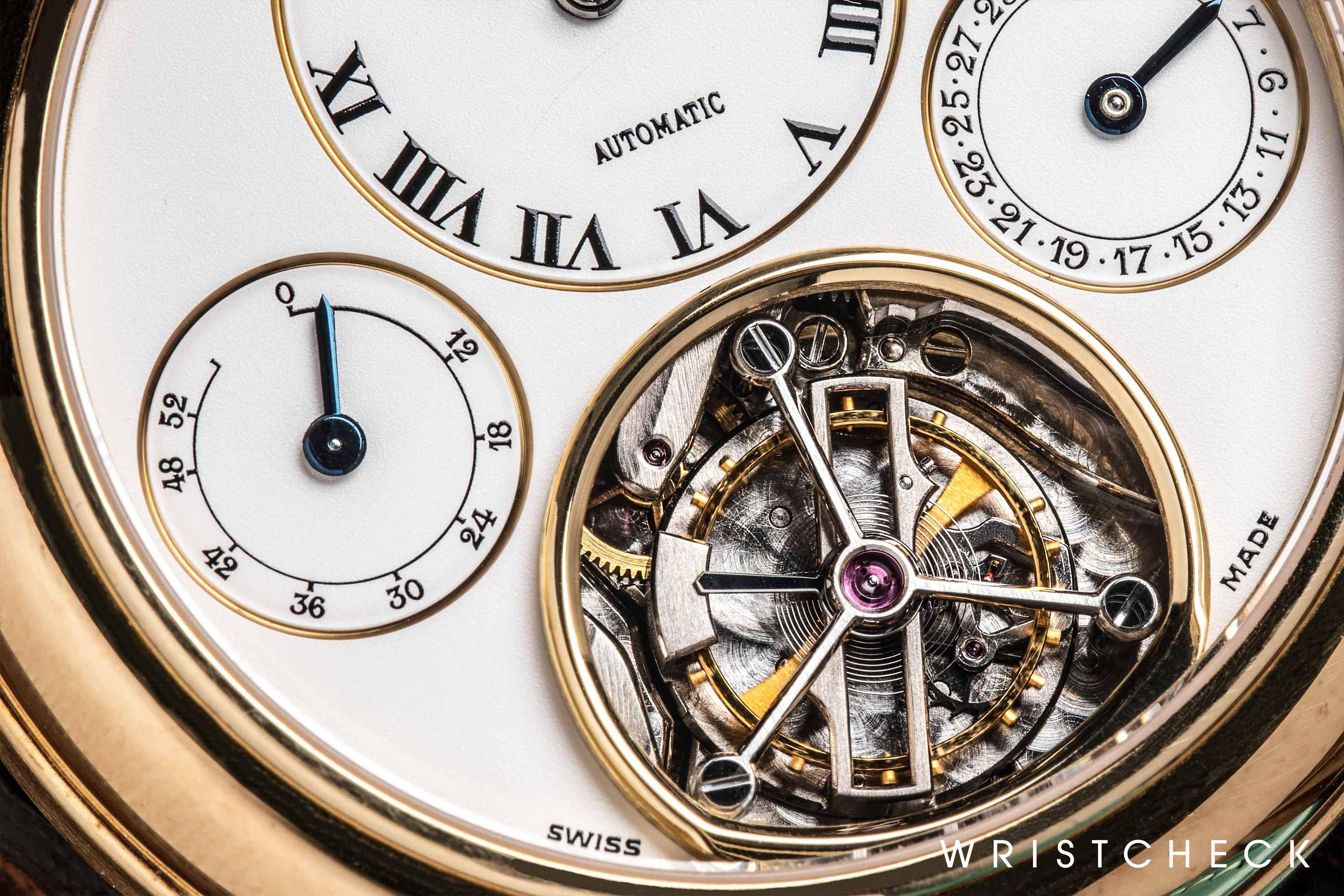
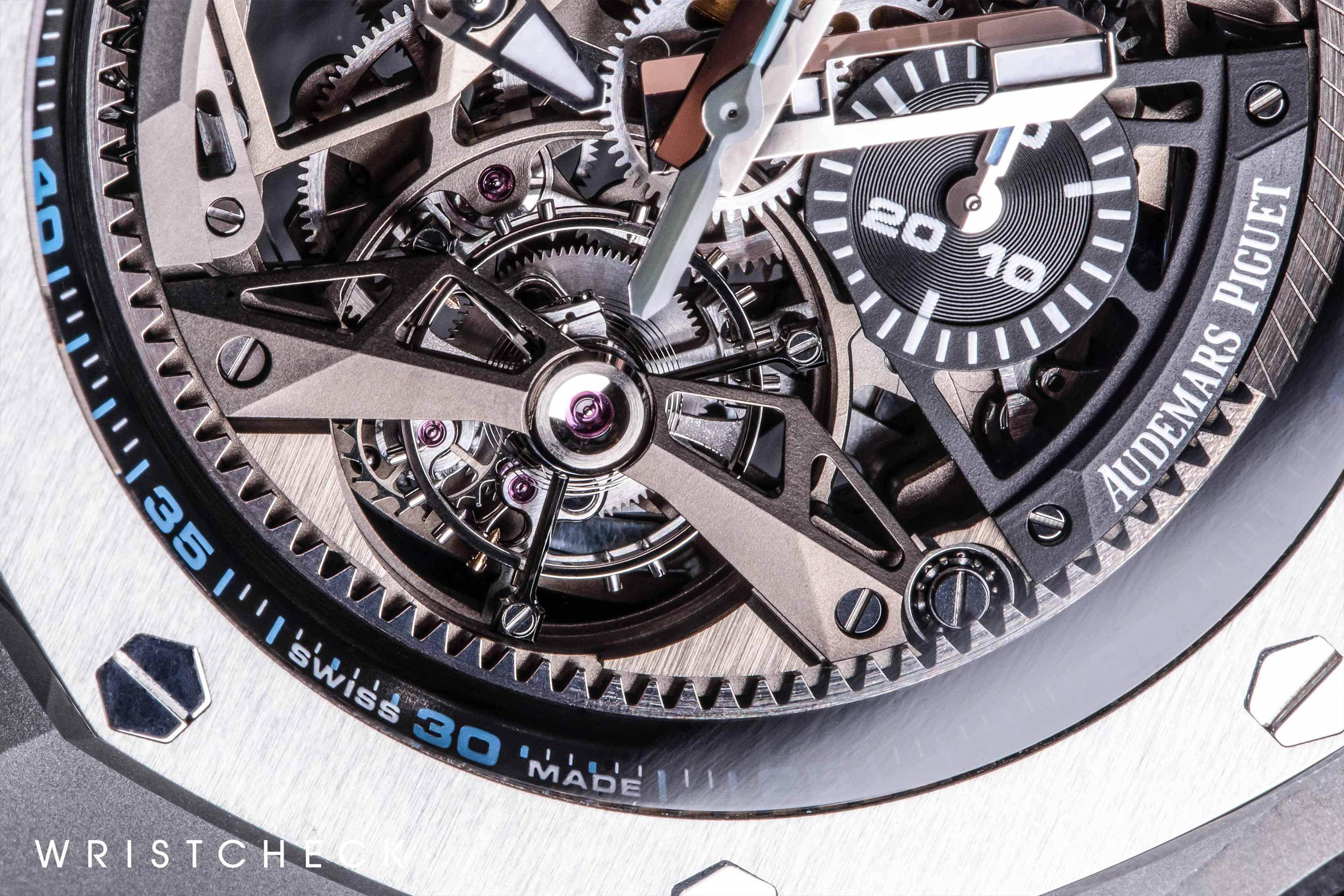
Sought-after makers of the tourbillon wristwatch include A. Lange & Sӧhne, Audemars Piguet, the independent house of H.Moser & Cie and of course, Breguet.
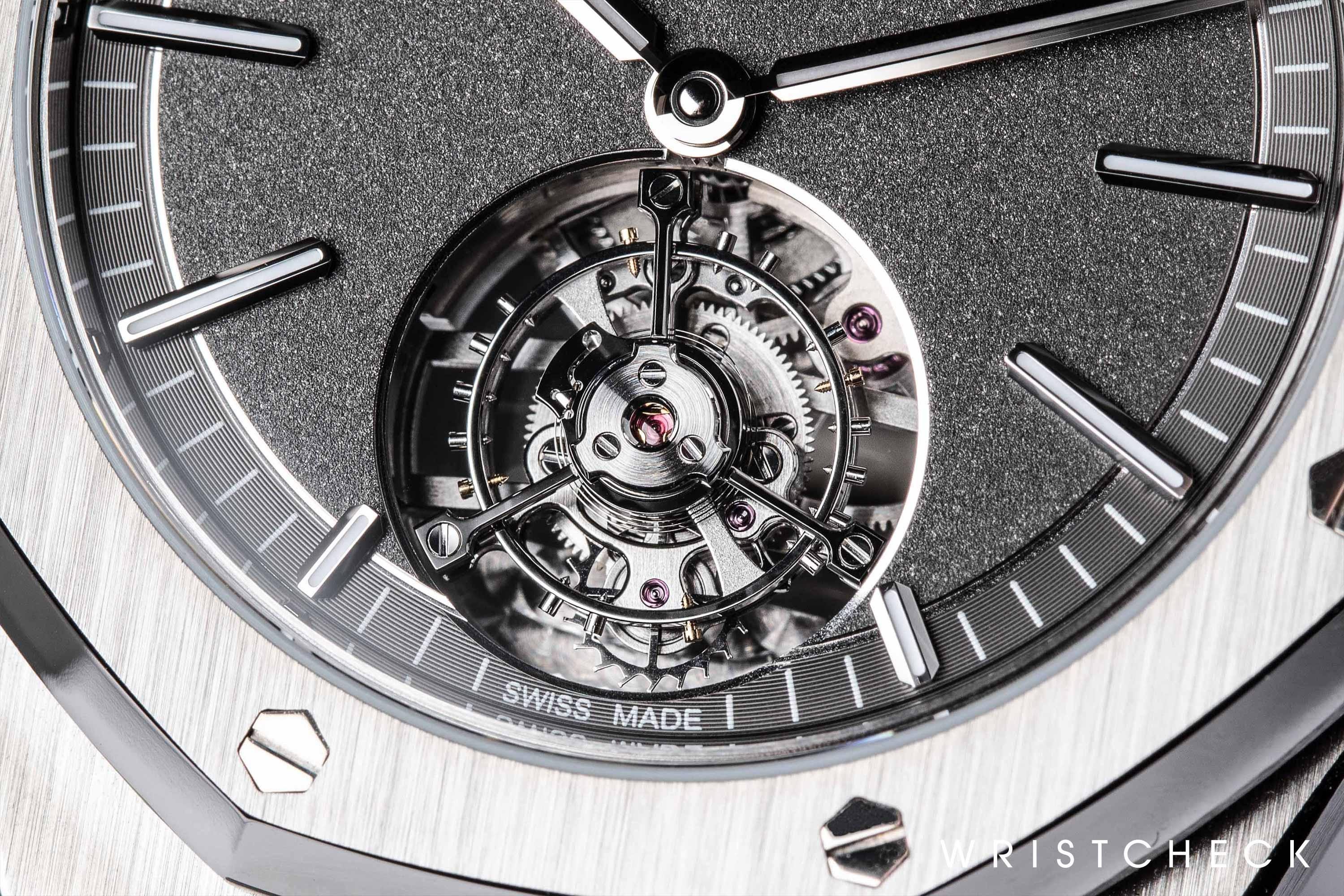
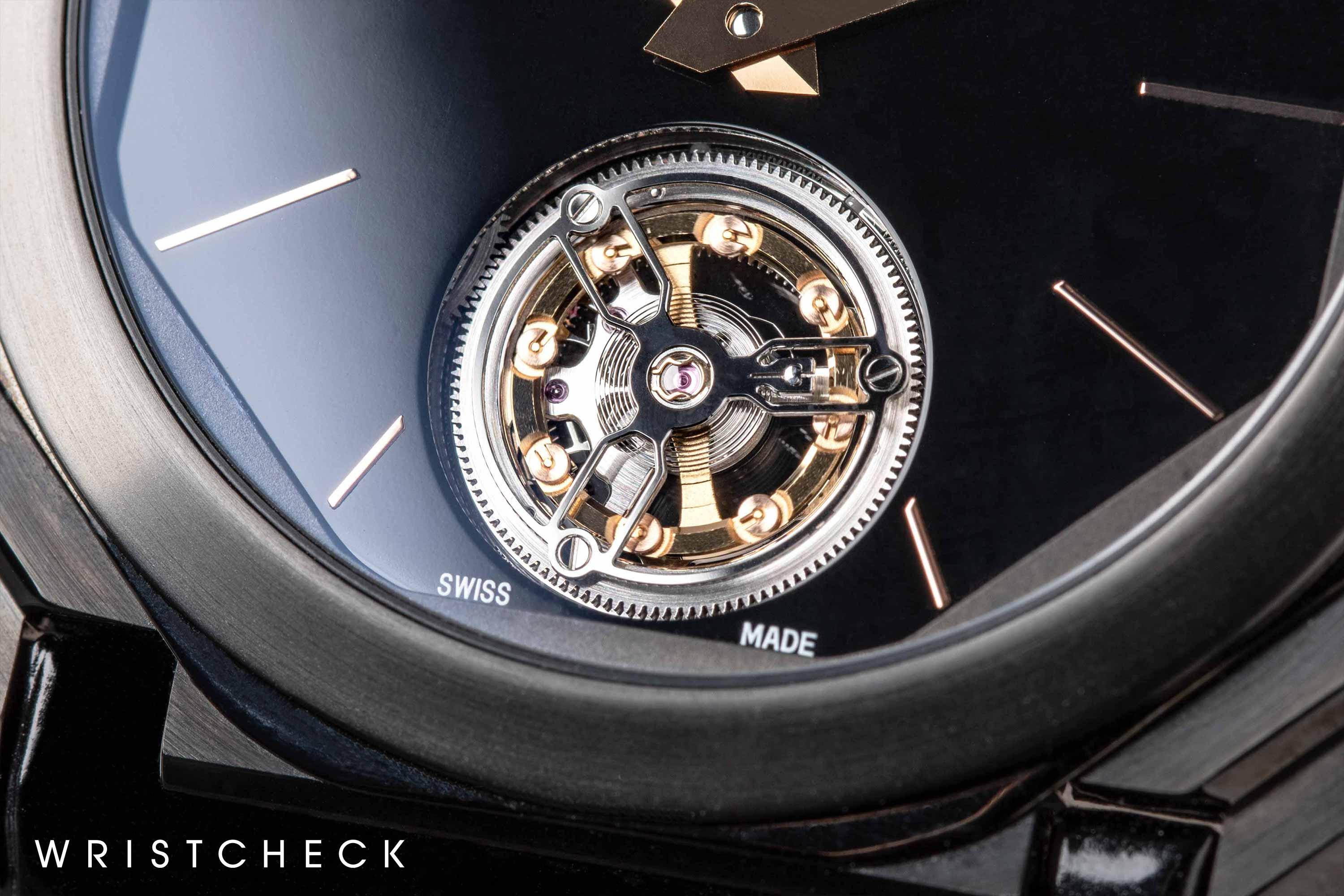
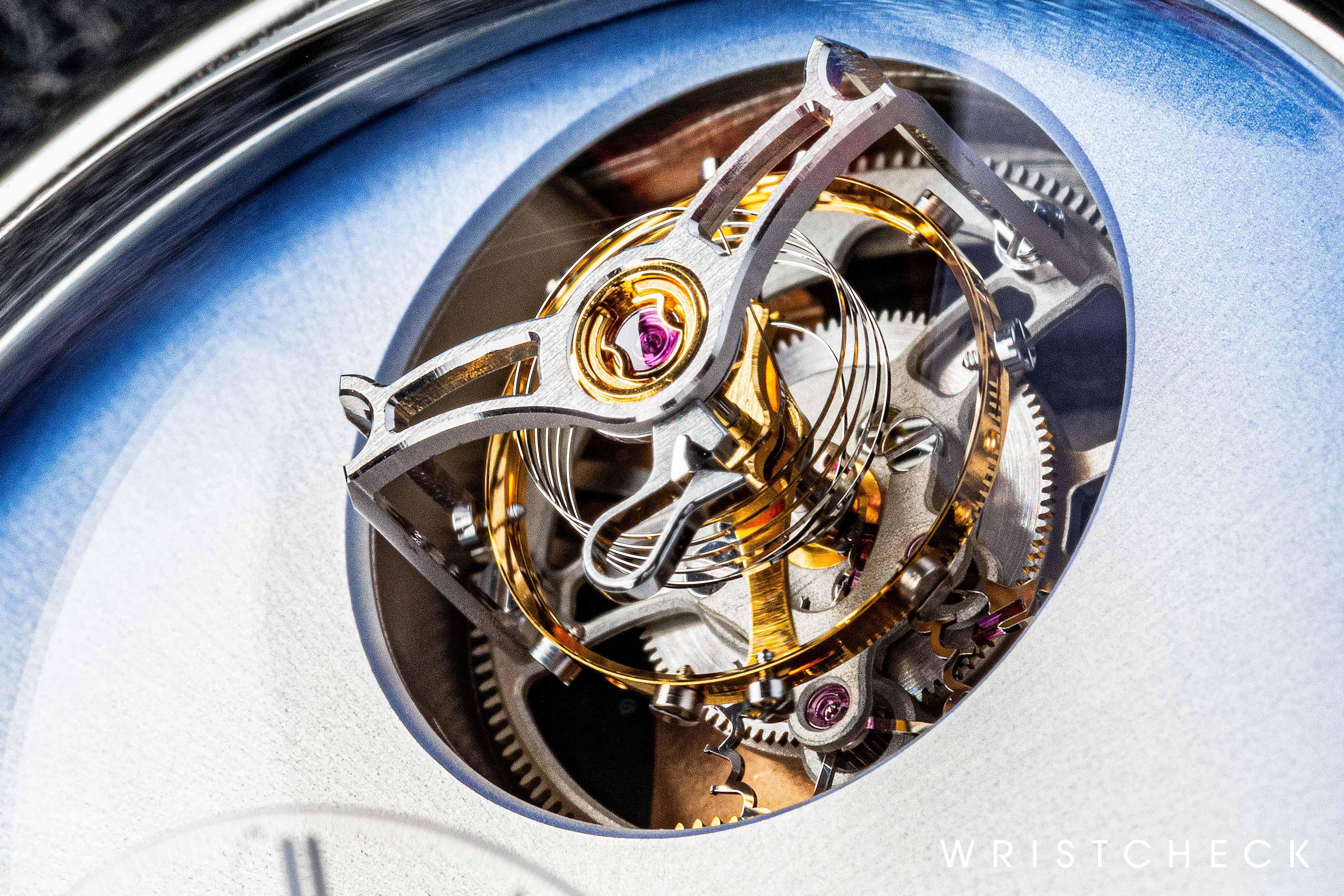
The travel-themed complications
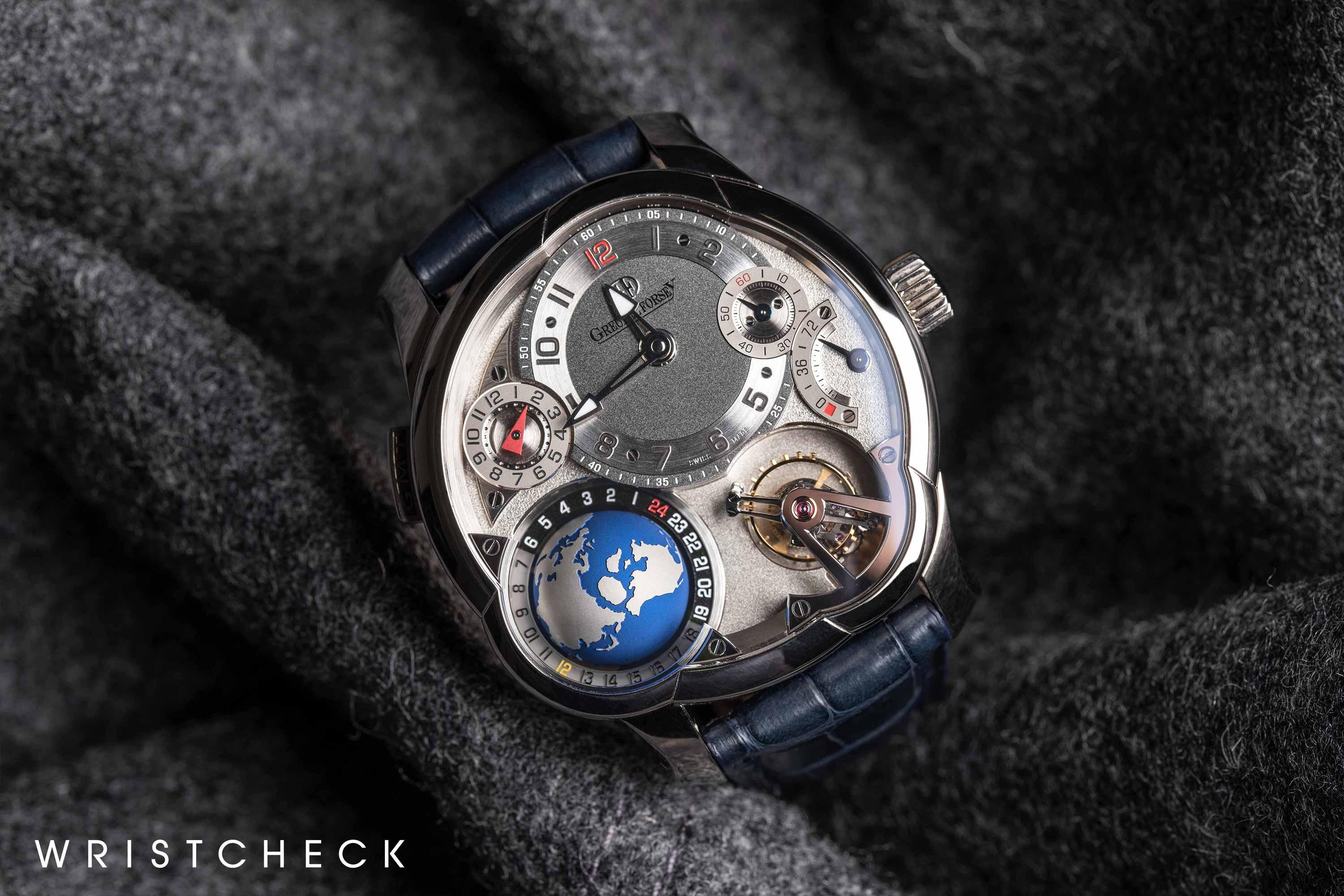
Simply put, a ‘travel’ complication is any mechanism that allows a watch to display more than a single time zone. These range from the ubiquitous GMT all the way up to highly coveted world-timers.
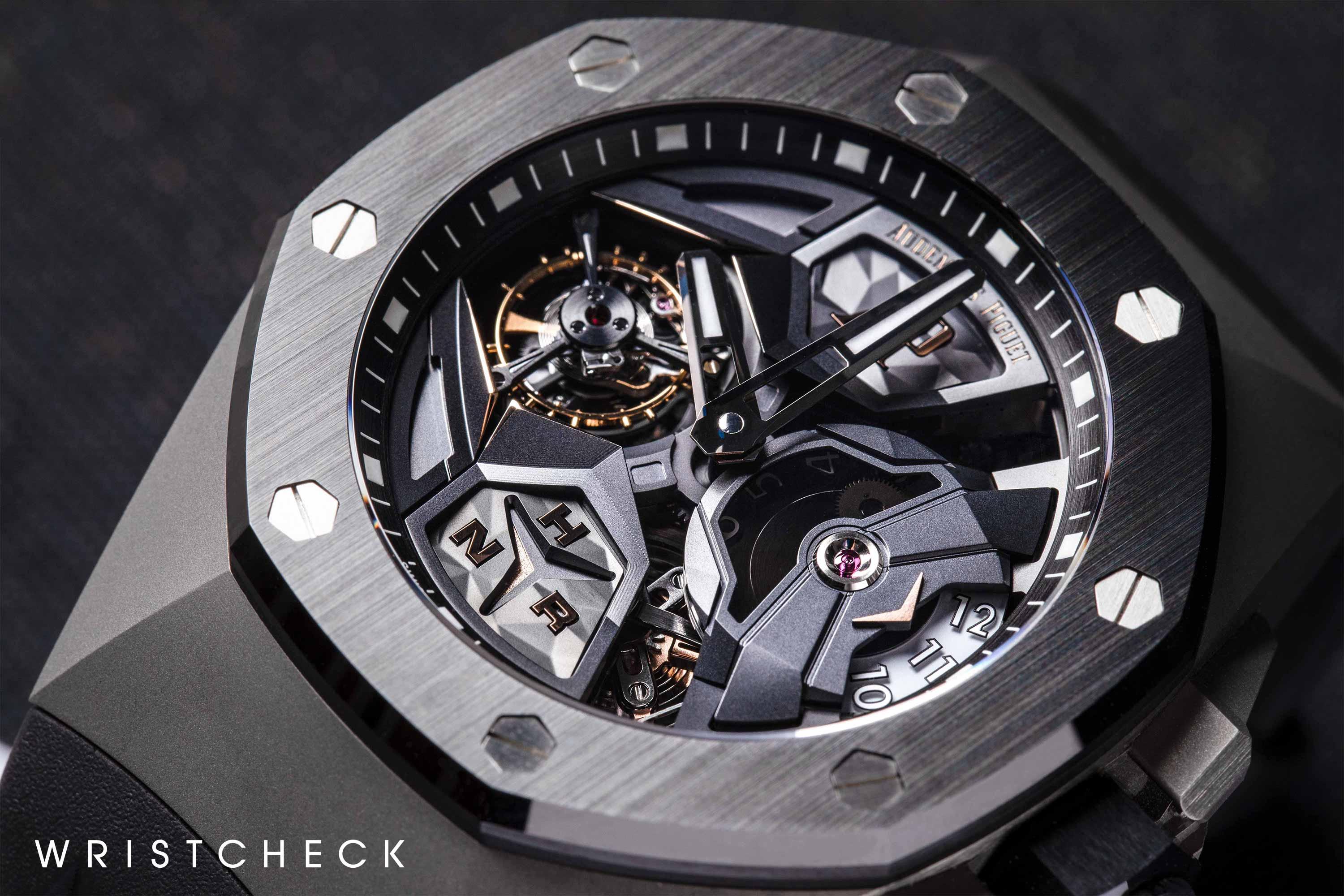
A world-timer allows its wearer to read the time in multiple cities around the globe. Because of the technical knowhow required to make them, they’re significantly more expensive than your standard time-only wristwatch. The most well-known examples are arguably made by Patek Philippe, who popularised the style with references like the 96 HU.
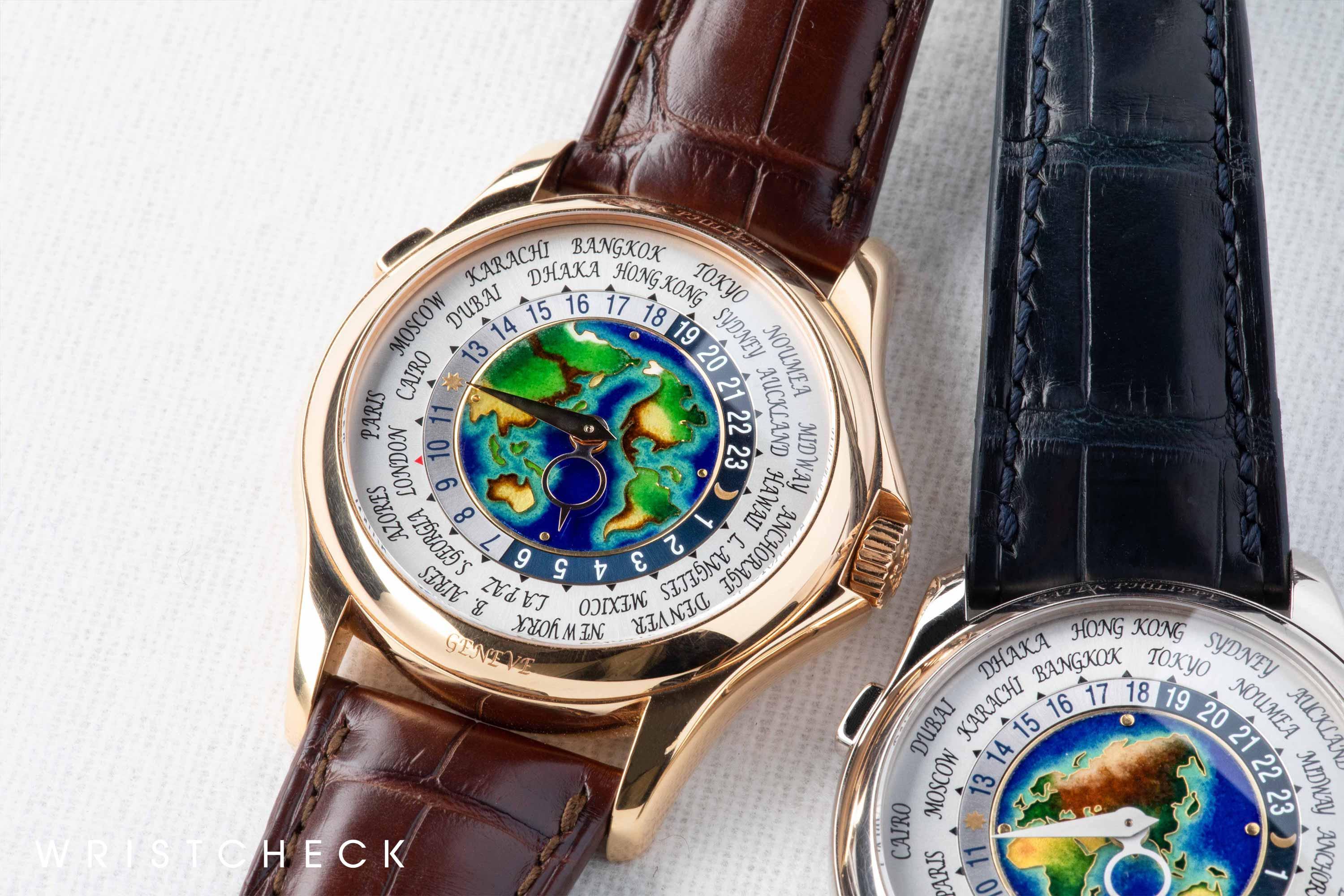
Conversely, GMT and dual time-zone complications display the time in two places at once, but achieve this using different methods. Unlike dual time-zone watches (often as simple as a watch incorporating two 12-hour dials) GMTs rely on a single centralised handset, read in conjunction with a 24-hour scale. In the case of the Rolex GMT-Master —the most influential travel watch of the 20th century — the titular GMT hand is synced to a bezel, which the wearer rotates in order to account for a second international time-zone.

Remontoire
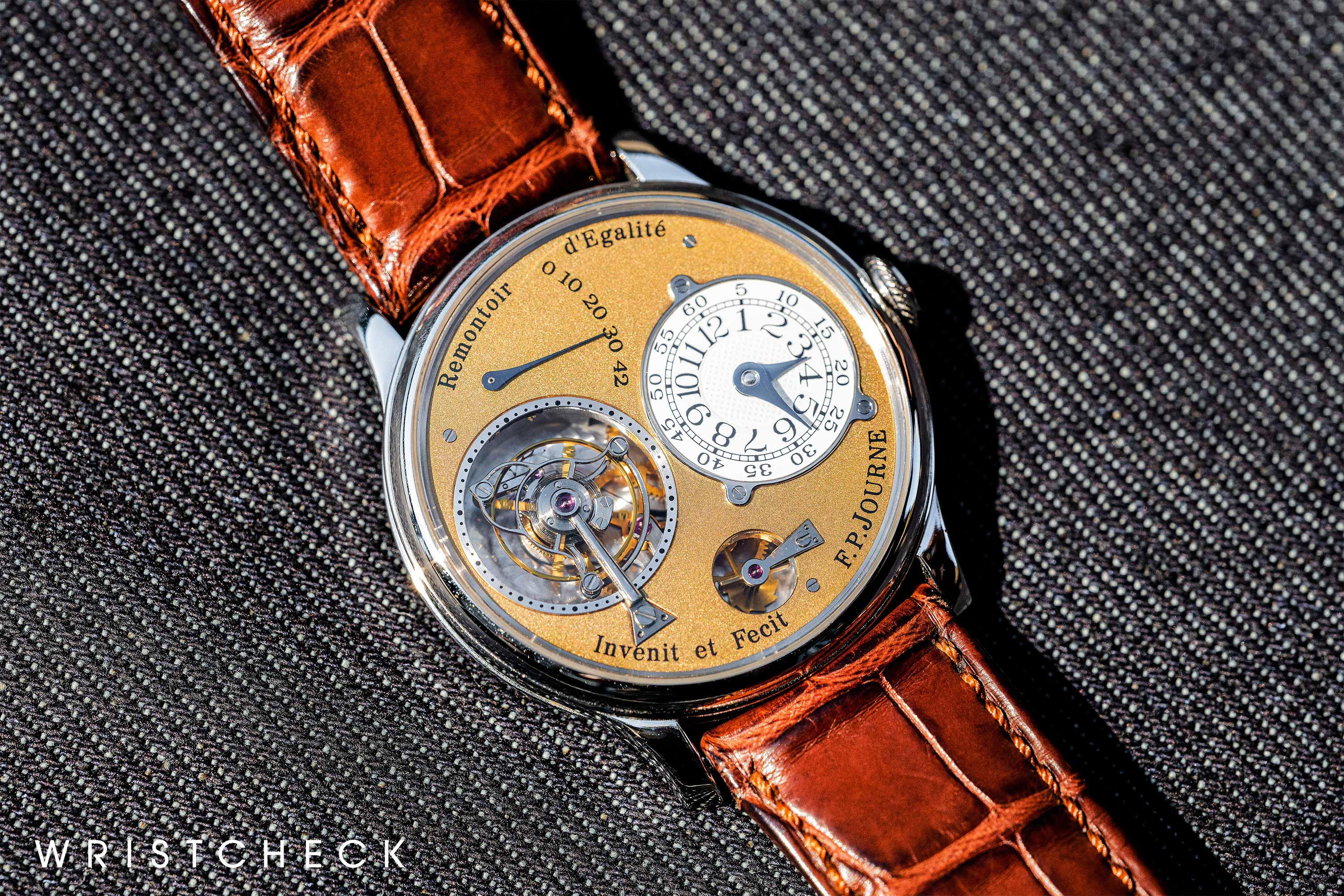
Sometimes also referred to as a “constant force mechanism”, the remontoire is a complication that first emerged in the late 16th century. Regardless of the exact design, its purpose is to ensure that a steady level of energy is transmitted to the escapement, even as torque from the mainspring dissipates.
In these last two decades, one of the most important figures in the creation of remontoires has been F.P. Journe. The independent French watchmaker is widely credited with creating the world’s first remontoire-equipped wristwatch: the Tourbillon Souverain, which launched in 1999. Journe’s remontoire takes the form of a small spring, positioned between the movement’s escapement and gear train. Even as the mainspring winds down, the remontoire (having periodically been rewound at the top of the watch’s power reserve) continues to release small, fixed bursts of energy — thereby improving the watch’s precision.
The chiming complications
So-called because of the noise they make when activated, ‘chiming’ complications utilise a series of interconnected hammers and gongs to sound out the time in various tones and increments. Historically, the Swiss developed these as a means of telling time at night — in an era when electrical lighting wasn’t widespread.
Although the most well-known chiming complication is the minute repeater — which sounds out the time in hours, quarter-hours and minutes — a number of other variations exist that are popular among collectors. These include the decimal repeater and two kinds of sonnerie (translated from the French for “strike”).
Jumping hours
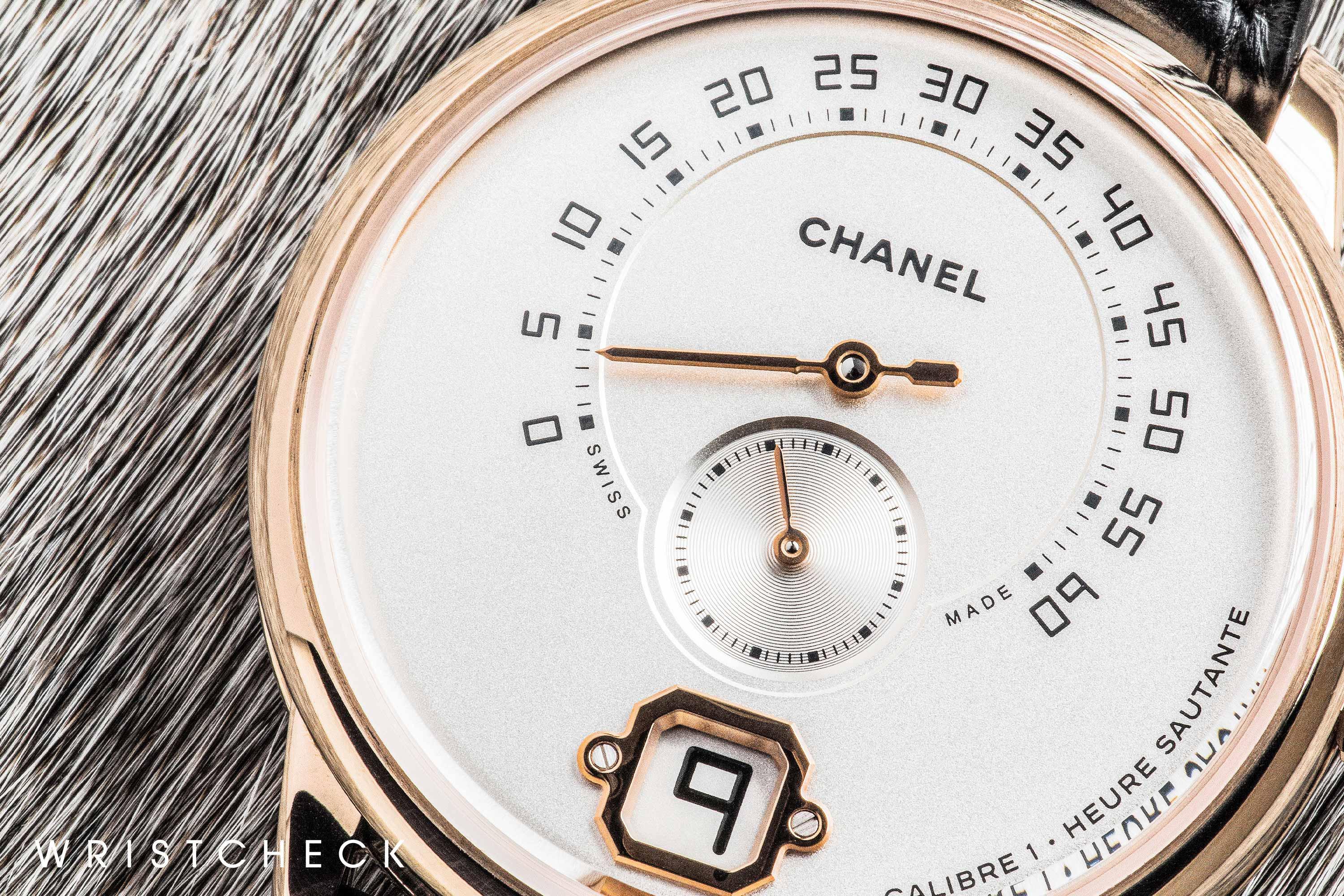
A complication that replaces the traditional hour hand with a disc (usually enclosed inside a digital display) which ‘jumps’ forward one hour when the minute hand completes its current 60-minute rotation. Like the world-timer, the jumping hours complication is extremely difficult (read: expensive) to produce, requiring resolution of various technical difficulties which are the result of the spike in power that accompanies each jump.
Originally patented by German watchmaker Josef Pallweber in 1883, today jumping hour watches are a relatively rare sight: especially when considered against the number of chronographs and perpetual calendars in the market. A fascinating contemporary take is A.Lange & Söhne’s Zeitwerk: the first wristwatch to display both the hours and minutes using jumping displays.
